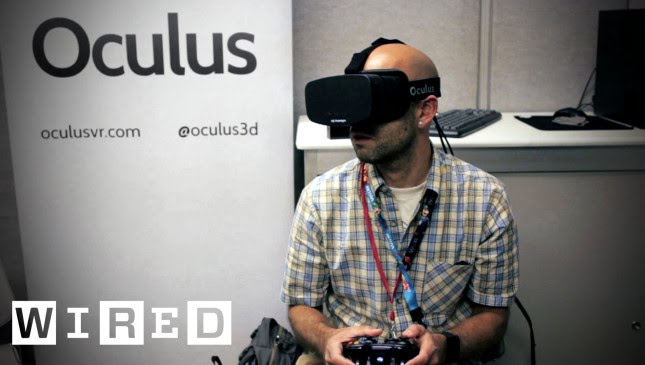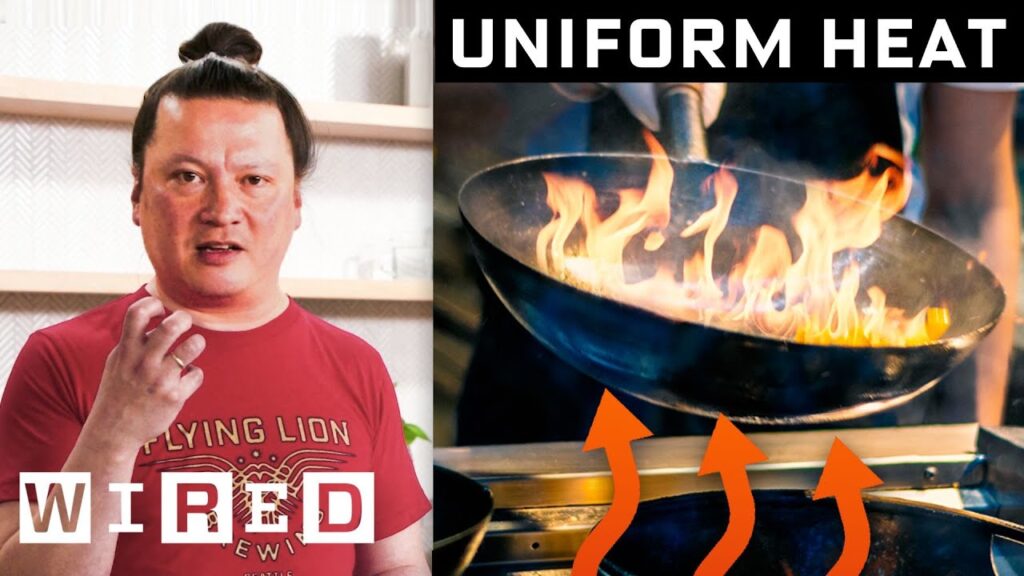Challenges and Opportunities in Robotics
Summary
In this article, we explore the challenges and opportunities in robotics as discussed by Professor Henny Admon. She explains the difficulties in programming personality into robots, fine motor manipulation, and the importance of social interaction in personal home and healthcare robots. We also discuss the overlap between AI and robotics, the different types of sensors used in robots, and the concept of swarm robots.
Table of Contents
- The Challenges of Humanoid Robots
- Programming Personality into Robots
- Fine Motor Manipulation
- Taking Over Dangerous and Dull Jobs
- Elon Musk’s Goal for the Tesla Optimus Robo
- Perception and Actuation Challenges
- Social Interaction in Robotics
- AI and Robotics Overlap
- Types of Sensors Used in Robots
- Swarm Robots
The Challenges of Humanoid Robots
One of the challenges in robotics is creating humanoid robots that look realistic but do not fall into the uncanny valley, which makes people uncomfortable. While the technology exists to create realistic-looking robots, programming them to move in ways that allow them to achieve tasks is difficult.
Programming Personality into Robots
Programming personality into robots is also a challenge. It requires building a set of instructions and possibly using machine learning. However, this is necessary for robots to interact with humans in a way that feels natural and comfortable.
Fine Motor Manipulation
Fine motor manipulation is another challenge for robots. Due to their lack of motion and touch, robots find it difficult to carry out tasks that require dexterity. However, robots can take over dangerous and dull jobs, freeing up people to do things they enjoy.
Taking Over Dangerous and Dull Jobs
Robots are ideal for taking over dangerous and dull jobs. They can perform tasks that are too dangerous for humans, such as working in hazardous environments or handling dangerous materials. They can also perform dull and repetitive tasks, freeing up people to do more meaningful work.
Elon Musk’s Goal for the Tesla Optimus Robo
Elon Musk’s goal for the Tesla Optimus robo is to build a general-purpose home robot. This robot would be able to perform a wide range of tasks, from cleaning to cooking to childcare.
Perception and Actuation Challenges
The major challenges in robotics today are perception and actuation. Perception refers to a robot’s ability to sense and understand its environment. Actuation refers to its ability to move and take action based on that understanding. Getting robots to move in ways that allow them to achieve tasks is difficult, and making them smart enough to plan actions is a major challenge.
Social Interaction in Robotics
Social interaction is particularly important in personal home and healthcare robots. These robots need to be able to interact with people in a way that feels natural and comfortable. This requires programming personality into the robot, as well as providing it with the ability to understand and respond to human emotions.
AI and Robotics Overlap
AI and robotics overlap in many ways. AI supports robotics in making intelligent decisions, while robotics provides a physical platform for AI to operate on. As AI becomes more advanced, it will be able to provide more sophisticated support to robotics.
Types of Sensors Used in Robots
Robots use a wide range of sensors to understand their environment. These include cameras, physical sensors (such as touch sensors), and audio sensors. Each type of sensor provides a different type of information that the robot can use to make decisions.
Swarm Robots
Swarm robots are groups of robots that operate collectively. They are inspired by the way insect swarms operate, and they can be used to perform tasks that would be difficult or impossible for a single robot to accomplish. Swarm robots are a promising area of research in robotics, and they have the potential to revolutionize the field.
Conclusion
Robotics is a rapidly evolving field with many challenges and opportunities. As technology advances, robots will become more capable and more integrated into our lives. By understanding the challenges and opportunities in robotics, we can work towards creating robots that are safe, effective, and beneficial to society.







